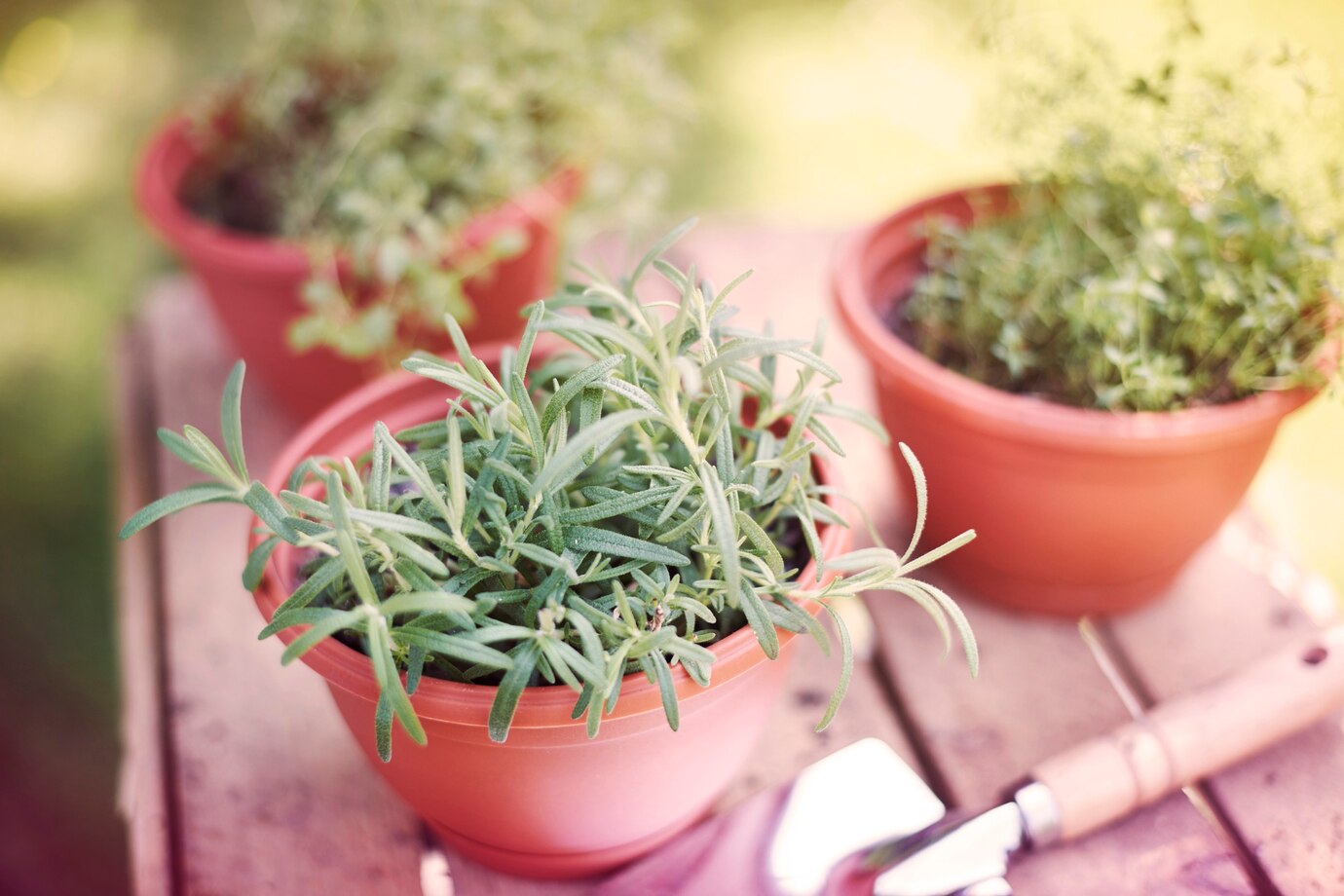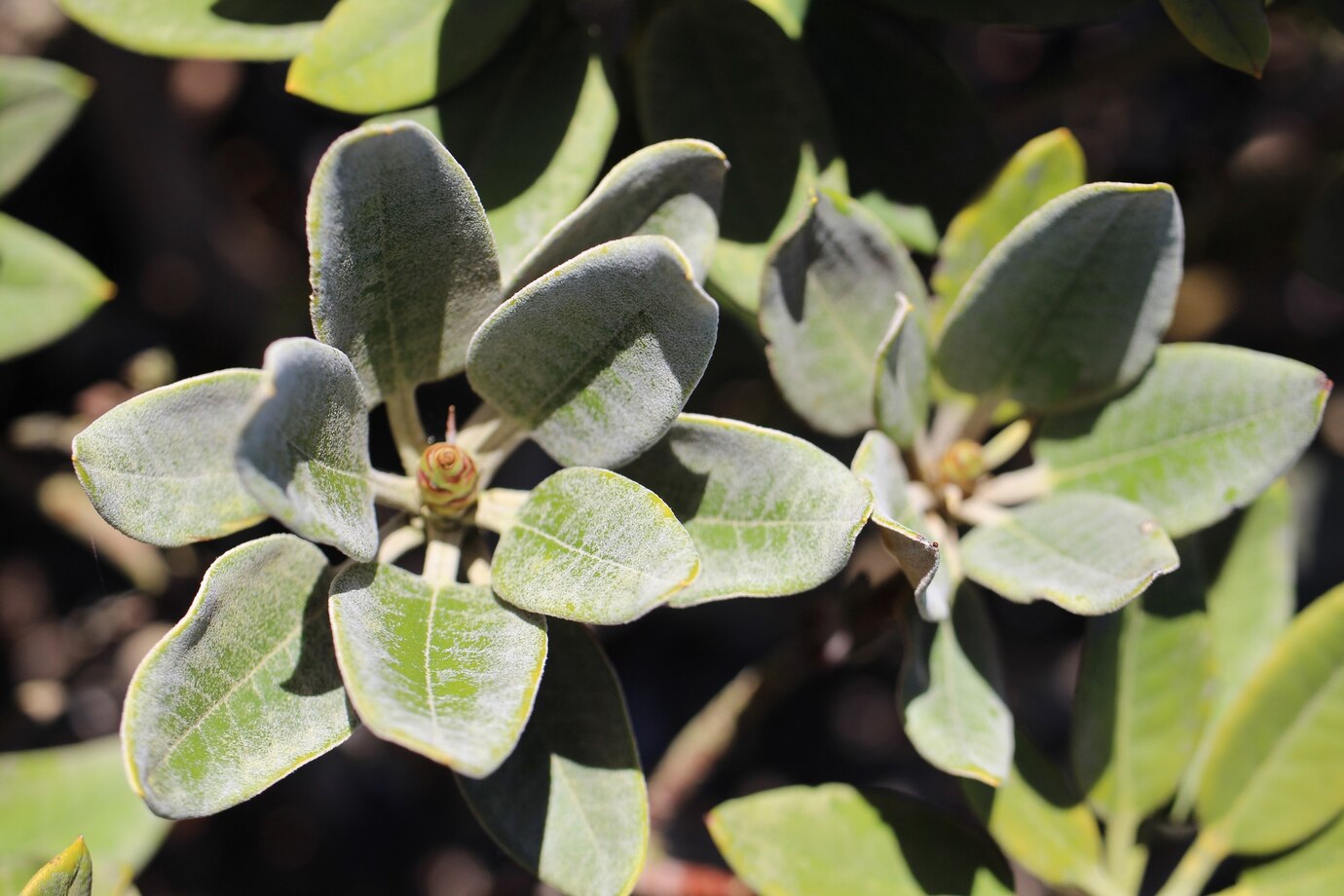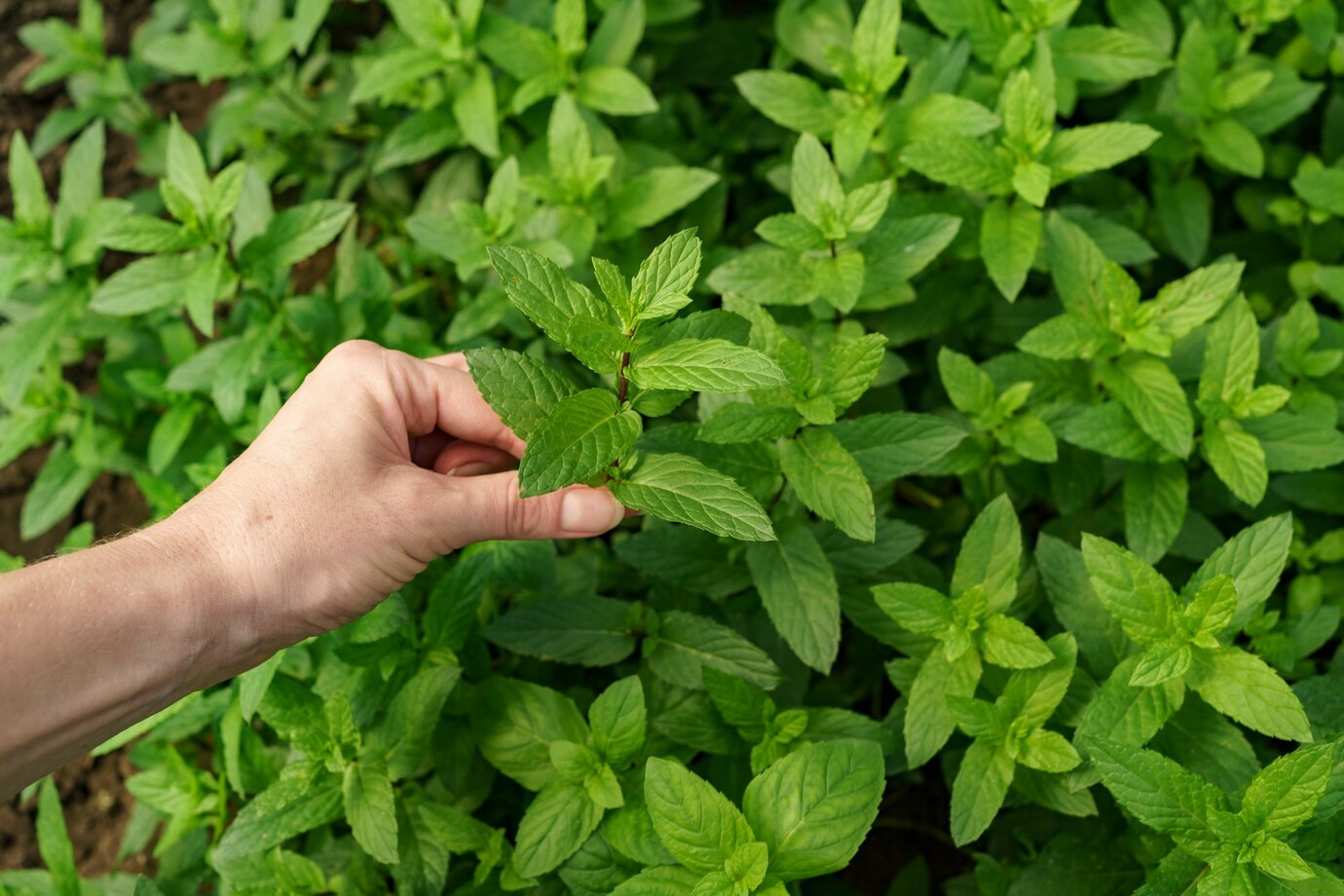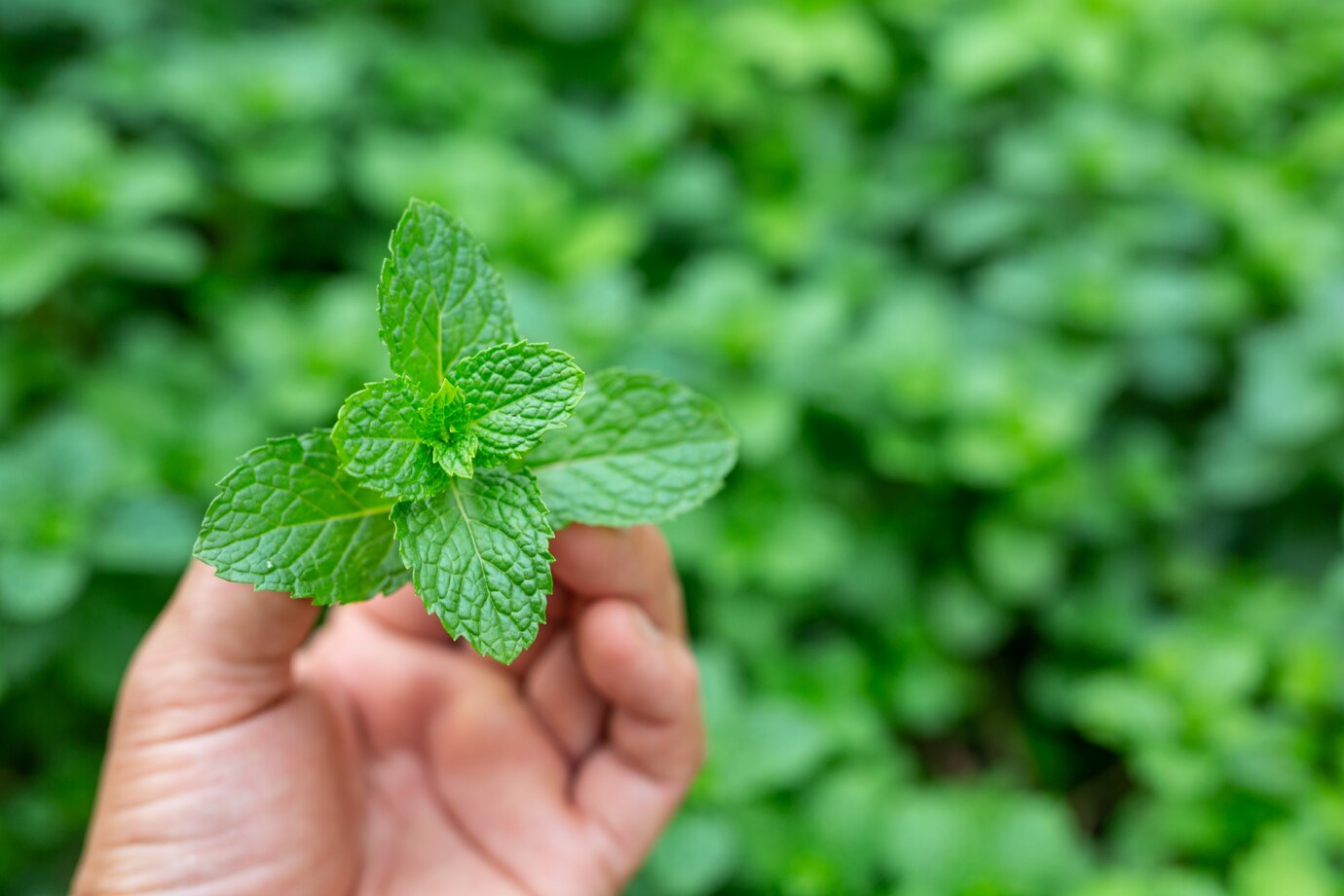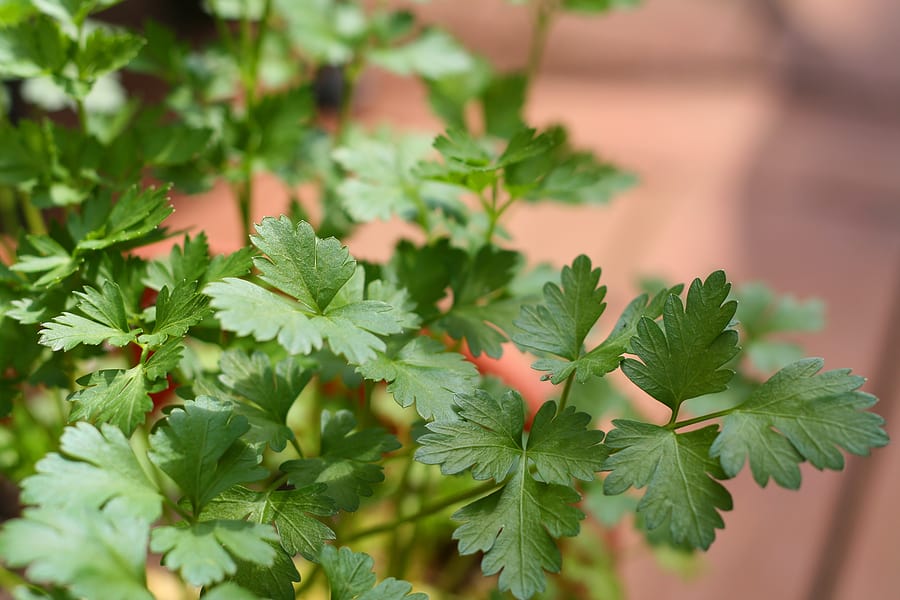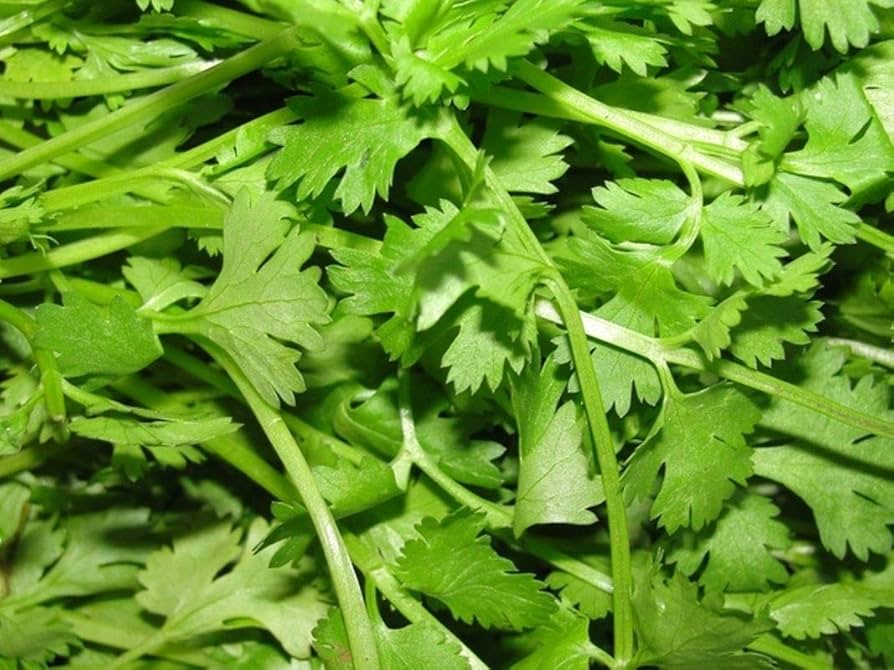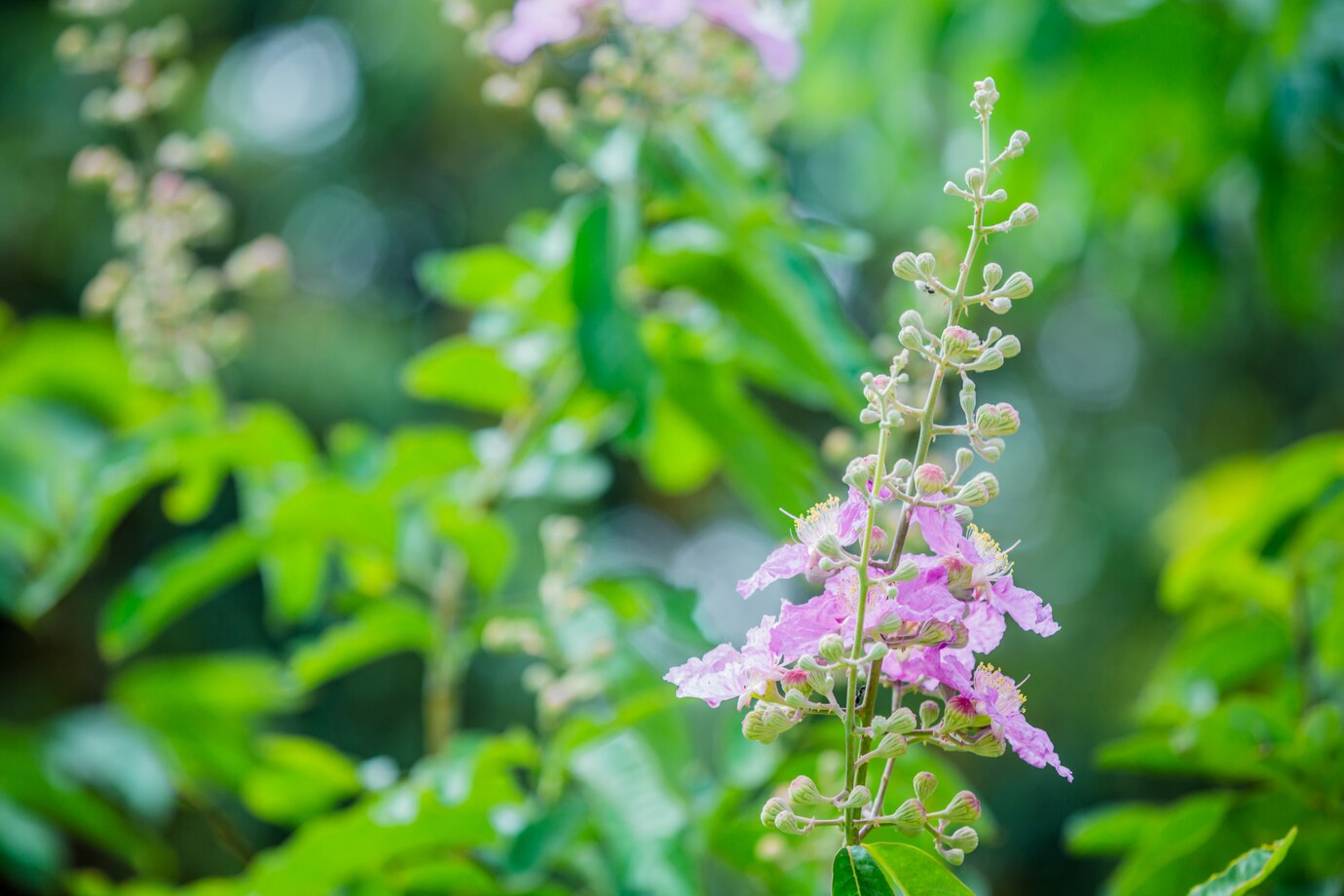Rosemary is a versatile herb that offers evergreen beauty year-round, fragrant leaves for cooking, and nectar-rich flowers that attract bees in spring. Plant it along a path, and the leaves will release their aromatic oils each time you brush past.
It is native to the Mediterranean. It grows well in a sunny, sheltered spot with well-drained soil. It struggles in heavy clay, especially during winter when the soil stays wet. You can grow rosemary in pots, but this perennial herb can become quite large and will need repotting with fresh compost every few years.
Table of Contents
ToggleHow to Grow Rosemary at Home
Plant rosemary in well-drained soil and place it in full sun. Young plants struggle if their roots sit in wet soil during winter, so start them in a container for a couple of years before moving them to the garden. Trim the plant annually to prevent it from becoming woody. Apply mulch in the fall with leaf mold, well-rotted compost, or manure to maintain a healthy plant.
How to Plant Rosemary
Plant rosemary in spring or autumn. While it tolerates frost, cold combined with waterlogging can kill young plants. To prevent this, choose well-drained soil in a sunny, sheltered spot. If the soil is heavy clay, blend in plenty of leaf mold, bark, or grit to enhance drainage. You can also plant rosemary in a pot for better control over its growing conditions.
Rosemary Plant Care
Rosemary thrives with minimal care once established, thanks to its drought tolerance. Picture it growing on a dry Mediterranean hillside, and it won’t need much attention.
Keep the soil around your plant free from dead leaves and debris to prevent pests. While rosemary rarely suffers from pest issues, maintaining a clean herb garden helps overall plant health. Prune any yellowed or discolored leaves, and aside from that, simply water and feed your rosemary as needed.
How to Water Rosemary
With herbs like rosemary, overwatering is a bigger risk than underwatering. To keep the plant healthy, let the soil dry out between waterings. Before adding more water, stick your finger about two inches into the soil. If it feels dry, go and water it. If there’s any moisture, hold off.
Rosemary grows well alongside other perennial herbs like oregano, sage, lavender, and thyme, all of which prefer soil to dry out between waterings.
How to Fertilize Rosemary
Herbs grown in rich soil thrive without much extra care. Add compost to containers or raised beds before planting rosemary to keep it happy. If your plants need a boost, use an organic, nitrogen-rich fertilizer. Mix it with water or spritz it directly on the leaves for easy absorption. Sprinkling earthworm castings around your herb garden every few months also helps maintain healthy growth.
How to Harvest Rosemary
Once your rosemary plant takes root in your garden, harvest it regularly. Doing so encourages new growth and boosts leaf production. The more you harvest, the more your plant thrives.
Use your fingers to pinch soft stems near the top, just above a leaf node. It encourages the plant to branch out, turning one stem into two. You can also use clean pruners or scissors to cut an entire sprig near the base, starting with the outer branches and working inward. It improves airflow and prevents the plant from becoming too woody.
If you’re growing trailing rosemary, trim from the back to encourage it to drape beautifully over the edge of a raised bed. Follow the golden rule of harvesting: Never take more than a third of the plant at a time. Give it a week or two to recover before harvesting again.
How to Use Fresh & Dried Rosemary
Every gardener loves using rosemary fresh from the garden. Stepping outside to harvest as needed keeps the flavors vibrant. You can also keep rosemary fresh by storing it in a small glass of water or wrapping it in a damp napkin in the fridge.
Drying rosemary lets you enjoy it year-round. Tie a few sprigs together like a tiny herb bouquet and hang them upside down in a dry, dark place. After a couple of weeks, Remove the leaves from the stems and keep them in a jar.
Rosemary adds incredible flavor to baked chicken, roasted vegetables, and mashed potatoes. It’s perfect in soups and stews, and the combination of olive oil, lemon juice, and rosemary is a kitchen classic.
Beyond cooking, you can make rosemary hair rinse to promote hair growth, soothe the scalp, and keep hair soft. Fresh sprigs also add a beautiful touch of greenery to floral arrangements.

